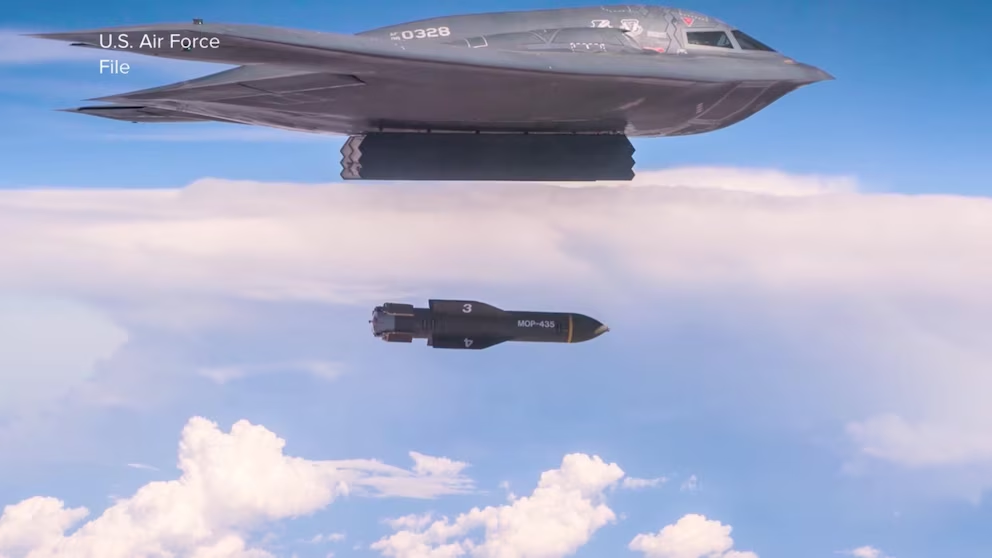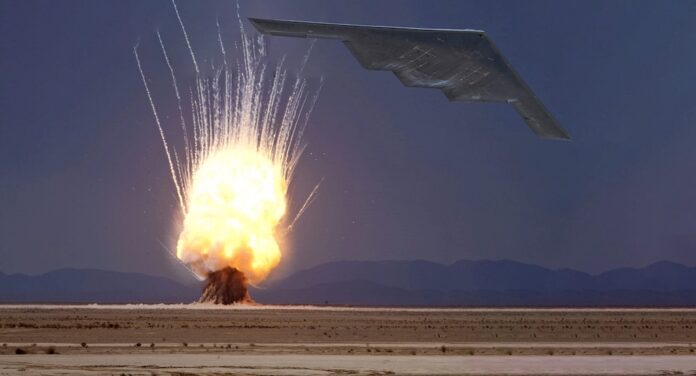U.S. Launches Strikes on Iran’s Nuclear Sites
Reporters from various outlets confirm the United States launched airstrikes on June 21, 2025, targeting Iran’s nuclear facilities at Fordow, Isfahan, and Natanz. President Donald Trump boldly declares these sites “completely and totally obliterated,” issuing warnings of further action if peace fails to materialize. Military sources reveal B-2 bombers deployed Massive Ordnance Penetrators on Fordow, while Tomahawks struck Natanz and Isfahan. Official statements from the Pentagon describe a complex operation involving long-range aircraft and submarine-launched missiles. The scale and visibility of this attack prompt serious questions about its underlying intent and execution.
Revisiting Previously Targeted Sites
Israel initiated its offensive on Fordow, Isfahan, and Natanz on June 13, 2025, laying the groundwork for subsequent events. Nine days later, the United States targets these identical locations, echoing the earlier assault, as noted in a recent analysis. Faint echoes indicate these deep bunkers, damaged just days before, endured the latest attack with minimal additional harm. This overlap casts significant doubt on the strategic value of the renewed strikes. Analysts scrutinize the rationale behind this repeated targeting, questioning its effectiveness.
Deployment of Enhanced Munitions
The United States employs larger bombs, possibly bunker-busters, during the June 21, 2025, assault on these sites. Bold assertions suggest the massive explosives have demolished the targets, yet silence from the ground implies they may still stand. This escalation appears more performative than practical, lacking concrete proof of success. The deployment of such munitions invites scrutiny over the actual goal of the operation. The results remain ambiguous as evaluations continue to unfold.
Unusual Tactics Prompt Speculation
The operation deliberately avoids using any U.S. military bases within the region, marking a significant departure from standard practice. Satellite imagery exposes Iran evacuated nuclear materials from these sites prior to the strikes, hinting at prior knowledge, as noted by Mohammad Ali Shabani, a journalist with Amwaj.media. Analysts observe the strikes followed highly publicized bomber movements, visible to global observers days in advance. This openness sharply contrasts with typical covert military actions, suggesting a different strategy. The absence of immediate damage assessments intensifies speculation about the strikes’ true effectiveness.
Hints of a Secret Agreement Emerge
A high-ranking Iranian source reveals the Trump administration provided advance notice, labeling the strikes a “one-off” action, according to Mohammad Ali Shabani, a journalist with Amwaj.media. This revelation, detailed in an Amwaj.media article, implies an intent to avoid broader conflict rather than escalate tensions. Historical context highlights the January 2020 Soleimani assassination, followed by a symbolic Iranian retaliation, as a parallel patter. An Iranian parliamentary source, quoted by Pepe Escobar, a geopolitical analyst, asserts, “Contrary to the statements of the lying US President, the nuclear facilities at Fordow were not seriously damaged.” Social media observations suggest secret talks in Oman preceded the event, pointing to a coordinated plan.
Exploring a Potential Diplomatic Motive
Some propose the United States might aim to nudge Iran toward negotiations through this military action. Soft whispers indicate that the abrupt strike, halting any diplomatic pause, could serve as a tentative push for dialogue, as suggested in recent analyses. This notion remains unverified, wrapped in doubt and potential pitfalls. The approach, if purposeful, poses significant risks to future relations between the nations. The international arena awaits clearer indications of intent behind this strategy.
Regional Powers React with Strategy
The Atomic Energy Organization of Iran condemns the strikes, calling them “a brutal act that contradicts international laws”. Israeli leadership praises the action, while U.S. Senate Democrats demand Congressional approval for future moves. Reports indicate Iran contemplates responses like expelling IAEA inspectors or disrupting the Strait of Hormuz, per the Amwaj.media article. These developments reveal the complex interplay of regional powers in this conflict.
Iran’s Response Signals Escalation Risks
Grim warnings suggest the reckless barrage might provoke Iran’s anger, leading to a counterstrike, as noted in recent observations. Iran’s possible retaliation presents a grave threat, capable of expanding the conflict beyond current boundaries. This response could further destabilize the region, intensifying existing strains between nations. The stakes climb with each passing hour as tensions mount. The ramifications of this move require careful observation by global watchers.
Evaluating Impact on Iran’s Nuclear Capabilities
Initial data on the strikes’ impact remains unavailable, complicating damage assessments across the board. Experts note Fordow’s depth, estimated at 80-90 meters, likely limited the effectiveness of the Massive Ordnance Penetrator.

Unmasking the Hidden Deal Behind the Attack
Evidence of advance notice and evacuated facilities strongly supports the notion of a tacit agreement between the U.S. and Iran. This possibility aligns with theories of a deal to satisfy Israel while avoiding all-out war. An Iranian parliamentary source, via Pepe Escobar, a geopolitical analyst, claims, “Trump’s false claims about the ‘destruction of Fordow’ are refuted,” suggesting minimal damage. Social media analyses predict a symbolic Iranian retaliation, potentially mirroring past actions, as seen by what Trump confirmed after the assassination or Soleimani. The situation exposes a potential manipulation of public perception, with the true motives remaining obscured by official narratives.

